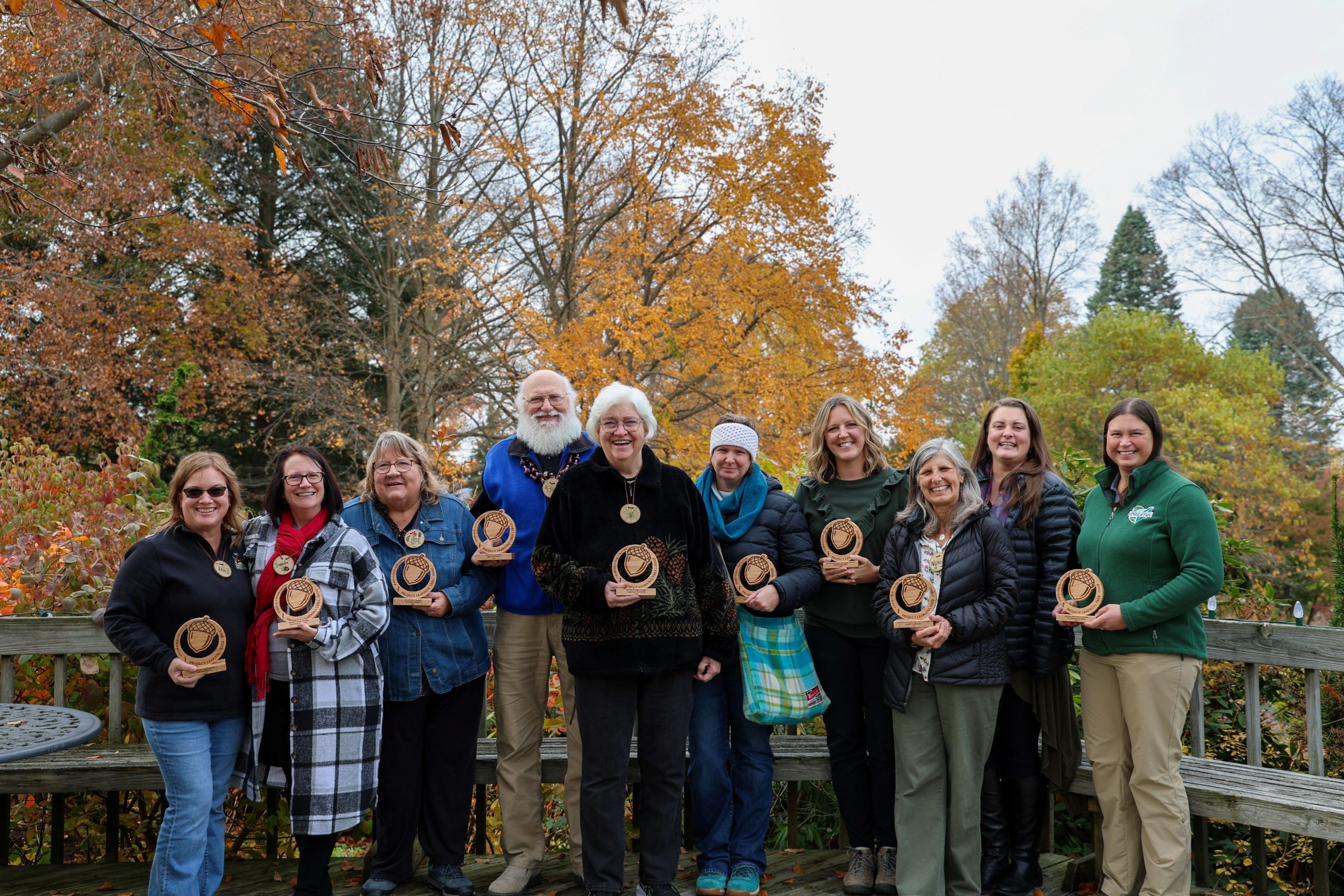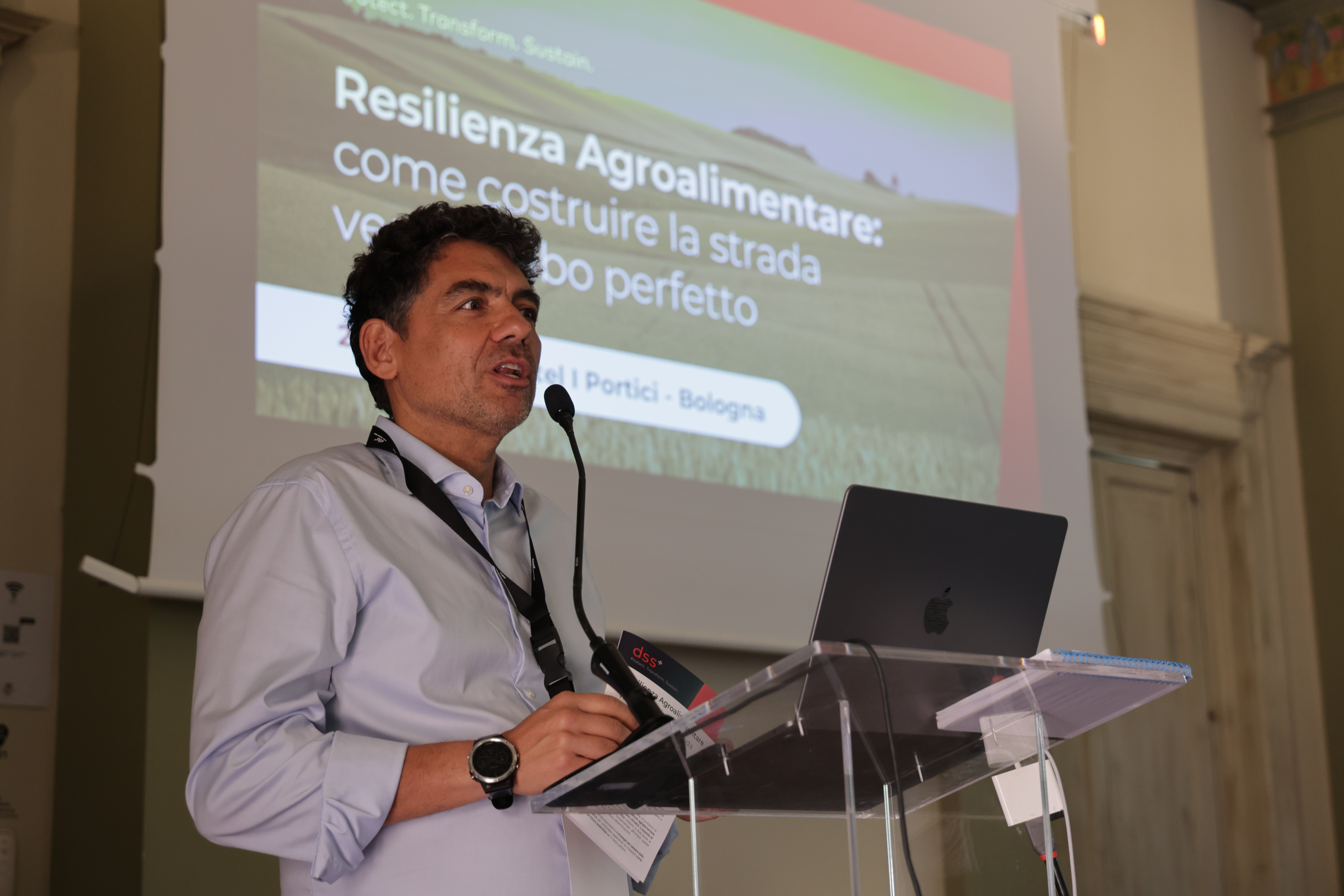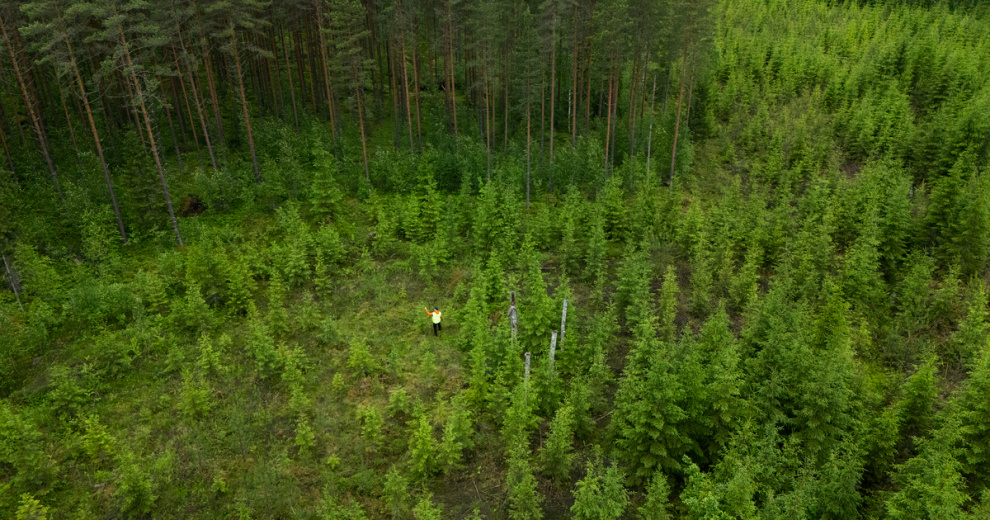New Study Shows Importance of Protected Lands in Preserving Biodiversity
A study led by the Smithsonian Environmental Research Center (SERC) and Conservation International highlights the crucial role of protected lands in preserving biodiversity, particularly for vertebrates such as amphibians, reptiles, mammals, and birds. The research, which examined over 1,000 species on every continent except Antarctica, found that vertebrates within protected areas are declining at a rate of 0.4% per year, nearly five times slower than those outside protected areas. Amphibians and birds, especially vulnerable to habitat loss, climate change, and diseases, benefit more within protected lands. However, challenges such as land conversion and climate change still threaten the effectiveness of protected areas, emphasizing the need for interconnected zones and adaptive strategies. The study supports the United Nations' "30 by 30" initiative, emphasizing the importance of actual biodiversity conservation within protected regions and highlighting the role of effective governance, transparent governments, community involvement, and innovative conservation approaches beyond protected lands in addressing the ongoing biodiversity crisis.

A new study underscores the importance of protected lands in preserving biodiversity, especially for vertebrates like amphibians, reptiles, mammals, and birds.
The research, led by the Smithsonian Environmental Research Center (SERC) and Conservation International, sheds light on the critical role of effective governance and supports the United Nations’ “30 by 30” initiative.
The findings also emphasize the need for a multifaceted approach to conservation that goes beyond protected areas alone.
Conservation and protected lands
Human activities have dramatically escalated the natural extinction rate of vertebrates, increasing it by 22 times. This rapid loss of biodiversity destabilizes food webs and endangers essential ecological services such as crop pollination, healthy diets, and disease control.
“Humans are inextricably dependent on biodiversity for survival,” says Justin Nowakowski, SERC conservation biologist and lead author of the study. “It provides food, fuel, fiber and other ecosystem services that we depend on for life.”
How the study was conducted
The study involved meticulous data collection for over 1,000 species from every continent, excluding Antarctica, leveraging data from the Living Planet and BioTIME databases.
Nowakowski’s team studied 2,239 vertebrate populations, comparing the states of species within and outside protected areas. The research revealed that vertebrates inside protected areas are declining at a rate of 0.4% per year, nearly five times more slowly than those in unprotected areas (1.8% per year).
The significance of protected lands
Protected areas offer a refuge where biodiversity is closer to stability. “They buy us much-needed time to figure out how to reverse the biodiversity crisis,” stated Luke Frishkoff, coauthor and assistant professor of biology at the University of Texas at Arlington.
Frishkoff further noted that populations outside protected areas could halve in 40 years, while those inside would take 170 years to face a similar fate.
Impact on different species
The study found that certain vertebrate classes, notably amphibians and birds, benefitted more within protected lands. This is likely due to the severe threats they face outside, including habitat loss, climate change, and diseases like the chytrid fungus affecting amphibians.
“Amphibians typically have fairly small home ranges, and they’re also really sensitive to small changes in the environment,” said Jessica Deichmann, coauthor and ecologist with the Liz Claiborne & Art Ortenberg Foundation.
Challenges and external factors
However, the conversion of nearby land for agriculture and development along with climate change continue to undermine the efficacy of protected areas. The research team made sure to highlight the urgent need for interconnected protected zones and adaptive strategies that align with the ecological fluidity, as species are constantly moving.
The findings also reaffirm the UN’s commitment made last December, where nearly 200 nations pledged to protect 30% of Earth’s land and water by 2030. This ambitious roadmap is called the “30 by 30” initiative.
While this commitment has fueled a surge in establishing protected lands, the study cautions against mere compliance through ‘paper parks’ and emphasizes actual biodiversity conservation within these regions.
In addition, effective governance emerged as a crucial factor in successful conservation efforts. Nations with transparent and corruption-free governments are often more efficient in enforcing environmental laws, managing conservation funds and involving local communities in conservation laws.
Beyond protected lands
Conservation experts are advocating for diverse strategies to conserve biodiversity. Examples include “payment for ecosystem services” programs, such as the one in Costa Rica, which incentivizes landowners to preserve forests. These innovative models, along with biological corridors and Indigenous-led protected areas, offer flexible and effective alternatives to traditional conservation approaches.
In summary, the study by SERC and Conservation International illustrates the pivotal role of protected areas in biodiversity conservation, but also emphasizes the necessity for comprehensive strategies that encompass effective governance, community involvement, and innovative conservation models.
By adopting such holistic approaches, humanity can hope to curb the ongoing biodiversity crisis and ensure the survival and thriving of myriad species on Earth.
The full study was published in the journal Nature.
What is Your Reaction?
 Like
0
Like
0
 Dislike
0
Dislike
0
 Love
0
Love
0
 Funny
0
Funny
0
 Angry
0
Angry
0
 Sad
0
Sad
0
 Wow
0
Wow
0







































































